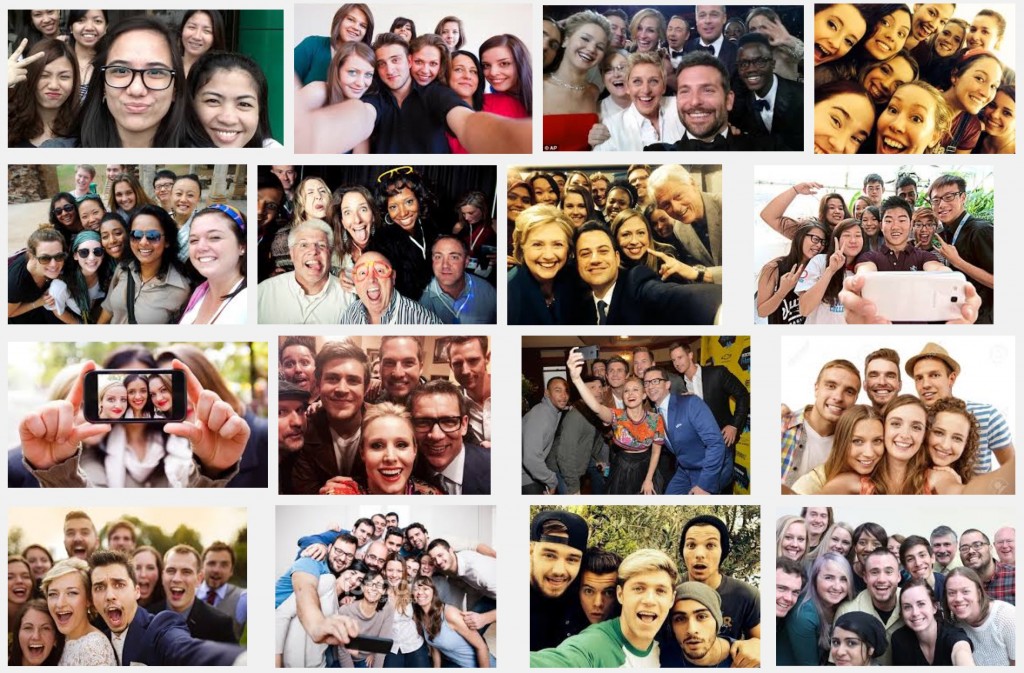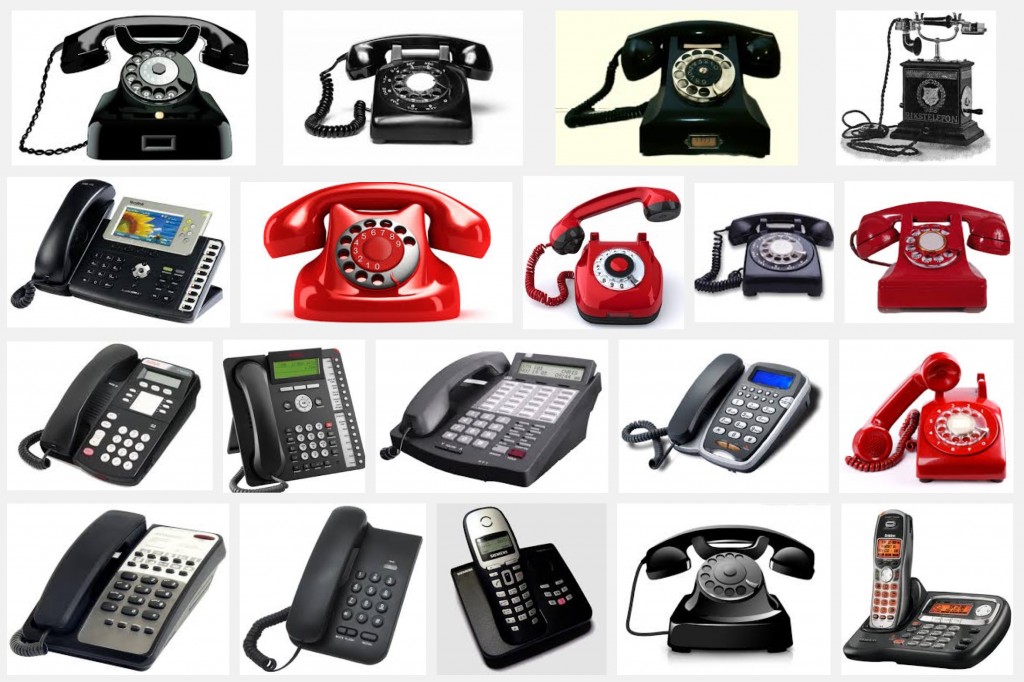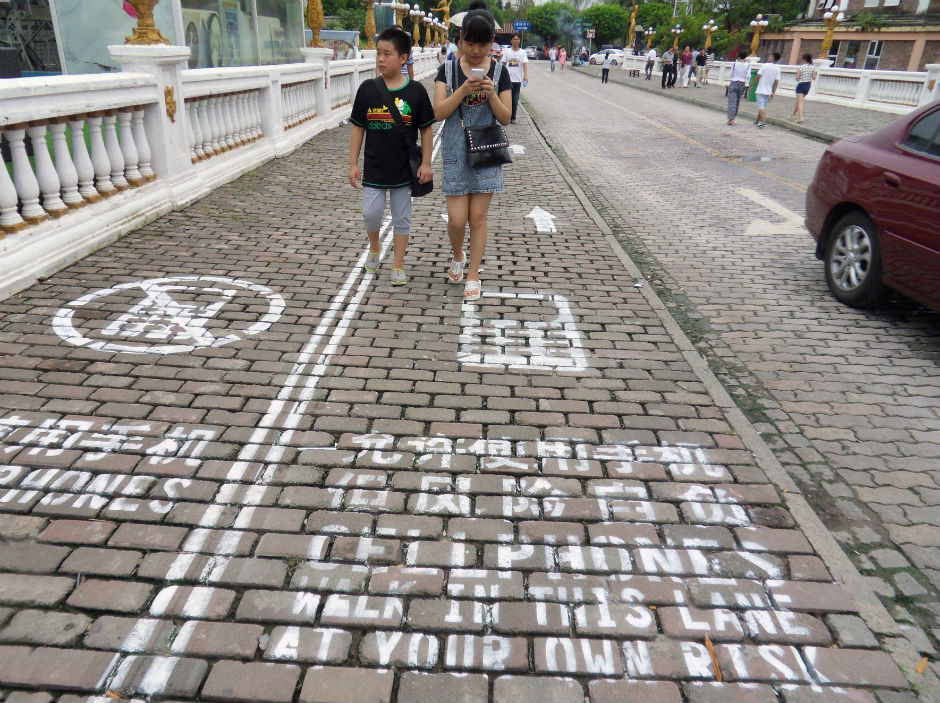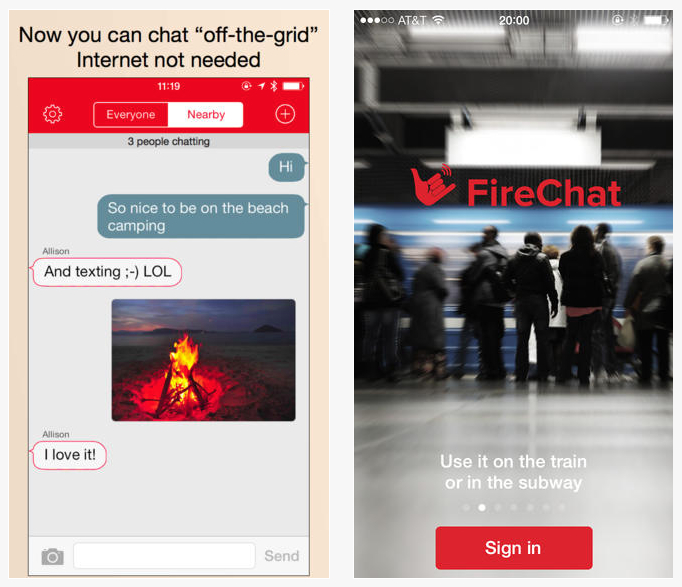We all have smartphones, but the phone call is dead. That tool of arcane real-time conversation between two people (sometimes more) is making way for asynchronous sharing via text, image and other data.
One of the ironies of modern life is that everyone is glued to their phones, but nobody uses them as phones anymore. Not by choice, anyway. Phone calls—you know, where you put the thing up to your ear and speak to someone in real time—are becoming relics of a bygone era, the “phone” part of a smartphone turning vestigial as communication evolves, willingly or not, into data-oriented formats like text messaging and chat apps.
The distaste for telephony is especially acute among Millennials, who have come of age in a world of AIM and texting, then gchat and iMessage, but it’s hardly limited to young people. When asked, people with a distaste for phone calls argue that they are presumptuous and intrusive, especially given alternative methods of contact that don’t make unbidden demands for someone’s undivided attention. In response, some have diagnosed a kind of telephoniphobia among this set. When even initiating phone calls is a problem—and even innocuous ones, like phoning the local Thai place to order takeout—then anxiety rather than habit may be to blame: When asynchronous, textual media like email or WhatsApp allow you to intricately craft every exchange, the improvisational nature of ordinary, live conversation can feel like an unfamiliar burden. Those in power sometimes think that this unease is a defect in need of remediation, while those supposedly afflicted by it say they are actually just fine, thanks very much.
But when it comes to taking phone calls and not making them, nobody seems to have admitted that using the telephone today is a different material experience than it was 20 or 30 (or 50) years ago, not just a different social experience. That’s not just because our phones have also become fancy two-way pagers with keyboards, but also because they’ve become much crappier phones. It’s no wonder that a bad version of telephony would be far less desirable than a good one. And the telephone used to be truly great, partly because of the situation of its use, and partly because of the nature of the apparatus we used to refer to as the “telephone”—especially the handset.
…
On the infrastructural level, mobile phones operate on cellular networks, which route calls between between transceivers distributed across a service area. These networks are wireless, obviously, which means that signal strength, traffic, and interference can make calls difficult or impossible. Together, these factors have made phone calls synonymous with unreliability. Failures to connect, weak signals that staccato sentences into bursts of signal and silence, and the frequency of dropped calls all help us find excuses not to initiate or accept a phone call.
By contrast, the traditional, wired public switched telephone network (PSTN) operates by circuit switching. When a call is connected, one line is connected to another by routing it through a network of switches. At first these were analog signals running over copper wire, which is why switchboard operators had to help connect calls. But even after the PSTN went digital and switching became automated, a call was connected and then maintained over a reliable circuit for its duration. Calls almost never dropped and rarely failed to connect.
But now that more than half of American adults under 35 use mobile phones as their only phones, the intrinsic unreliability of the cellular network has become internalized as a property of telephony. Even if you might have a landline on your office desk, the cellular infrastructure has conditioned us to think of phone calls as fundamentally unpredictable affairs. Of course, why single out phones? IP-based communications like IM and iMessage are subject to the same signal and routing issues as voice, after all. But because those services are asynchronous, a slow or failed message feels like less of a failure—you can just regroup and try again. When you combine the seemingly haphazard reliability of a voice call with the sense of urgency or gravity that would recommend a phone call instead of a Slack DM or an email, the risk of failure amplifies the anxiety of unfamiliarity. Telephone calls now exude untrustworthiness from their very infrastructure.
Going deeper than dropped connections, telephony suffered from audio-signal processing compromises long before cellular service came along, but the differences between mobile and landline phone usage amplifies those challenges, as well. At first, telephone audio was entirely analogue, such that the signal of your voice and your interlocutor’s would be sent directly over the copper wire. The human ear can hear frequencies up to about 20 kHz, but for bandwidth considerations, the channel was restricted to a narrow frequency range called the voice band, between 300 and 3,400 Hz. It was a reasonable choice when the purpose of phones—to transmit and receive normal human speech—was taken into account.
By the 1960s, demand for telephony recommended more efficient methods, and the transistor made it both feasible and economical to carry many more calls on a single, digital circuit. The standard that was put in place cemented telephony’s commitment to the voice band, a move that would reverberate in the ears of our mobile phones a half-century later.
In order to digitally switch calls, the PSTN became subject to sampling, the process of converting a continuous signal to a discrete one. Sampling is carried out by capturing snapshots of a source signal at a specific interval. A principle called the Nyquist–Shannon sampling theorem specifies that a waveform of a particular maximum frequency can be reconstructed from a sample taken at twice that frequency per second. Since the voice band required only 4 kHz of bandwidth, a sampling rate of 8 kHz (that is, 8,000 samples per second) was established by Bell Labs engineers for a voice digitization method. This system used a technique developed by Bernard Oliver, John Pierce, and Claude Shannon in the late ‘40s called Pulse Code Modulation (PCM). In 1962, Bell began deploying PCM into the telephone-switching network, and the 3 kHz range for telephone calls was effectively fixed.
Since the PSTN is still very much alive and well and nearly entirely digitized save for the last mile, this sampling rate has persisted over the decades. (If you have a landline in an older home, its signal is probably still analog until it reaches the trunk of your telco provider.) Cellular phones still have to interface with the ordinary PSTN, so they get sampled in this range too.
Two intertwined problems arise. First, it turns out that human voices may transmit important information well above 3,300 Hz or even 5,000 Hz. The auditory neuroscientist Brian Monson has conducted substantial research on high-frequency energy perception. A widely-covered 2011 study showed that subjects could still discern communicative information well above the frequencies typically captured in telephony. Even though frequencies above 5,000 Hz are too high to transmit clear spoken language without the lower frequencies, Monson’s subjects could discern talking from singing and determine the sex of the speaker with reasonable accuracy, even when all the signal under 5,000 Hz was removed entirely. Monson’s study shows that 20th century bandwidth and sampling assumptions may already have made incorrect assumptions about how much of the range of human hearing was use for communication by voice.
That wasn’t necessarily an issue until the second part of the problem arises: the way we use mobile phones versus landline phones. When the PSTN was first made digital, home and office phones were used in predictable environments: a bedroom, a kitchen, an office. In these circumstances, telephony became a private affair cut off from the rest of the environment. You’d close the door or move into the hallway to conduct a phone call, not only for the quiet but also for the privacy. Even in public, phones were situated out-of-the-way, whether in enclosed phone booths or tucked away onto walls in the back of a diner or bar, where noise could be minimized.
Today, of course, we can and do carry our phones with us everywhere. And when we try to use them, we’re far more likely to be situated in an environment that is not compatible with the voice band—coffee shops, restaurants, city streets, and so forth. Background noise tends to be low-frequency, and, when it’s present, the higher frequencies that Monson showed are more important than we thought in any circumstance become particularly important. But because digital sampling makes those frequencies unavailable, we tend not to be able to hear clearly. Add digital signal loss from low or wavering wireless signals, and the situation gets even worse. Not only are phone calls unstable, but even when they connect and stay connected in a technical sense, you still can’t hear well enough to feel connected in a social one. By their very nature, mobile phones make telephony seem unreliable.
Image courtesy of Google Search.


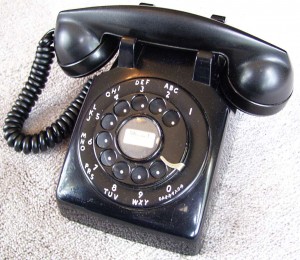 Read the following sentence and you’ll conclude that this person is stark-raving-mad.
Read the following sentence and you’ll conclude that this person is stark-raving-mad.

